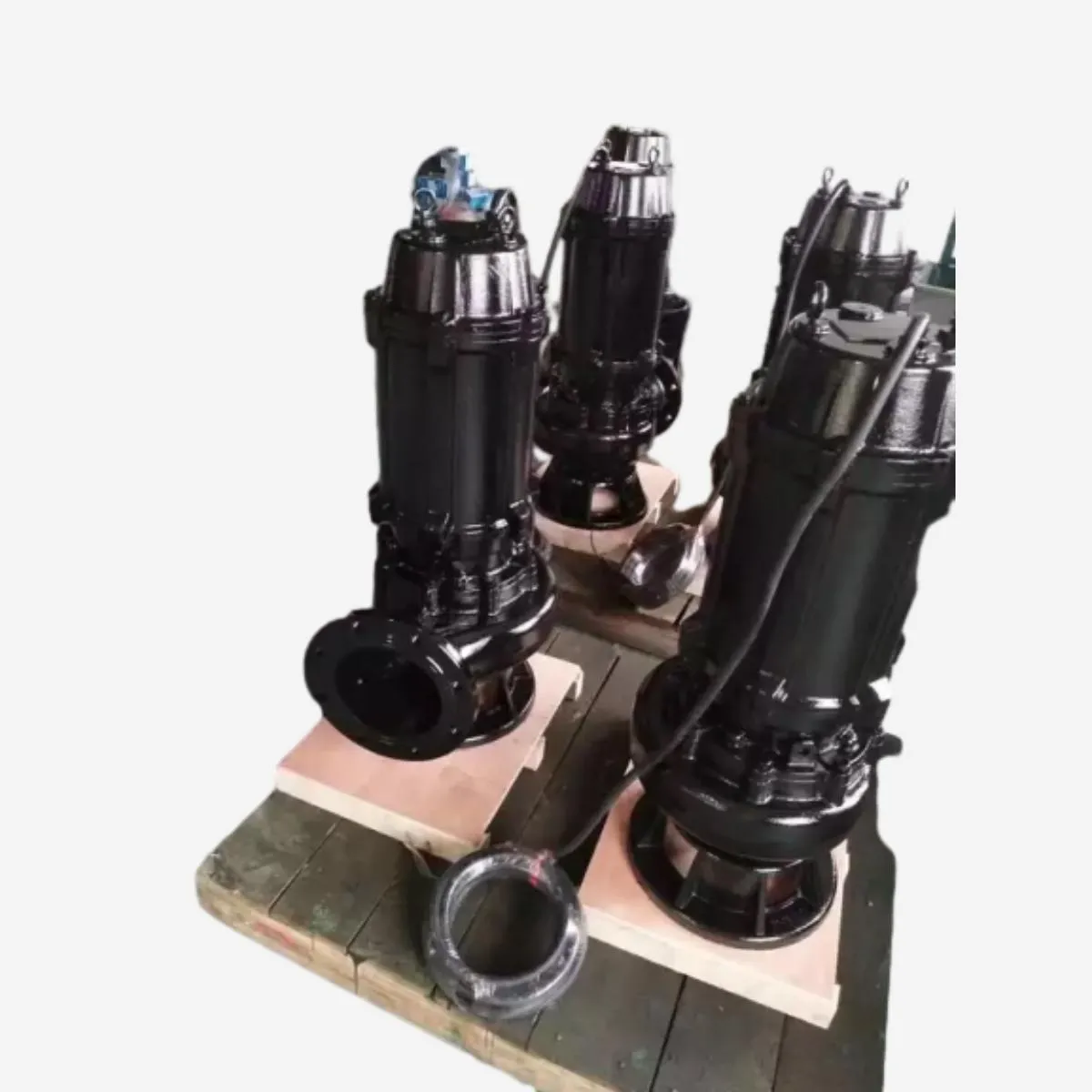English
- Afrikaans
- Albanian
- Amharic
- Arabic
- Armenian
- Azerbaijani
- Basque
- Belarusian
- Bengali
- Bosnian
- Bulgarian
- Catalan
- Cebuano
- Corsican
- Croatian
- Czech
- Danish
- Dutch
- English
- Esperanto
- Estonian
- Finnish
- French
- Frisian
- Galician
- Georgian
- German
- Greek
- Gujarati
- Haitian Creole
- hausa
- hawaiian
- Hebrew
- Hindi
- Miao
- Hungarian
- Icelandic
- igbo
- Indonesian
- irish
- Italian
- Japanese
- Javanese
- Kannada
- kazakh
- Khmer
- Rwandese
- Korean
- Kurdish
- Kyrgyz
- Lao
- Latin
- Latvian
- Lithuanian
- Luxembourgish
- Macedonian
- Malgashi
- Malay
- Malayalam
- Maltese
- Maori
- Marathi
- Mongolian
- Myanmar
- Nepali
- Norwegian
- Norwegian
- Occitan
- Pashto
- Persian
- Polish
- Portuguese
- Punjabi
- Romanian
- Russian
- Samoan
- Scottish Gaelic
- Serbian
- Sesotho
- Shona
- Sindhi
- Sinhala
- Slovak
- Slovenian
- Somali
- Spanish
- Sundanese
- Swahili
- Swedish
- Tagalog
- Tajik
- Tamil
- Tatar
- Telugu
- Thai
- Turkish
- Turkmen
- Ukrainian
- Urdu
- Uighur
- Uzbek
- Vietnamese
- Welsh
- Bantu
- Yiddish
- Yoruba
- Zulu
Telephone: +86 13120555503
Email: frank@cypump.com
Nov . 08, 2024 07:44 Back to list
Optimizing Performance of Multistage Slurry Pumps for Efficient Fluid Transfer Systems
Understanding Multistage Slurry Pumps Principles and Applications
Multistage slurry pumps are specialized centrifugal pumps designed to handle a mixture of liquid and solid particles, commonly referred to as slurry. These pumps play a crucial role in various industries, including mining, construction, wastewater treatment, and agriculture, where the transportation of abrasive, corrosive, or viscous materials is required. This article explores the principles of operation, key features, and applications of multistage slurry pumps.
Principles of Operation
The primary function of a multistage slurry pump is to move slurry from one location to another while maintaining the integrity of the mixture. These pumps consist of multiple impellers and volutes arranged in series. The design allows the pump to achieve a higher head (pressure) than single-stage pumps, making them suitable for long-distance transport of slurry.
When the pump operates, the impeller rotates, creating a centrifugal force that propels the slurry outward. Each impeller increases the energy of the slurry, allowing it to move through the pump. After passing through the first impeller, the slurry enters the volute, where it expands and loses velocity while gaining pressure. The process is repeated for each subsequent stage, enabling efficient handling of high-density slurries.
Key Features
One of the defining characteristics of multistage slurry pumps is their ability to manage solid particles without significant wear and tear
. They are constructed from highly durable materials, such as hardened alloys or rubber-lined casings, which can withstand the abrasive nature of slurries. Furthermore, the design of the impellers and volutes can be customized to optimize performance for specific applications.Another important feature is the ability to handle varying flow rates and pressures. Multistage slurry pumps can be designed with multiple stages to meet different head requirements, thereby providing versatility in applications ranging from low to high discharge pressures. Additionally, many models are equipped with wear-resistant liners and replaceable parts, which enhance their longevity and reduce maintenance costs.
multistage slurry pump

Applications
Multistage slurry pumps are widely used across different industries. In the mining sector, they facilitate the transportation of ore slurries, which often contain a significant amount of particulate material. The ability to handle high solids content makes these pumps essential for efficient mineral processing.
In construction, multistage slurry pumps are utilized for dewatering applications, where groundwater needs to be removed from sites to keep them dry. They also support activities such as cement mixing and the transportation of sand and gravel.
Wastewater treatment facilities rely on multistage slurry pumps to move sludge and other solid-laden liquids through treatment processes. Their high efficiency and effectiveness are crucial for maintaining the integrity of treatment systems and ensuring compliance with environmental regulations.
In agriculture, these pumps are employed for slurry irrigation systems that distribute liquid fertilizers, enhancing crop yields while minimizing environmental impact.
Conclusion
Multistage slurry pumps are indispensable tools in industries that require the movement of slurries. Their unique design, which allows for the handling of solid particles, combined with their high efficiency and adaptability, makes them suitable for a wide range of applications. As industries continue to evolve, the demand for advanced pumping solutions like multistage slurry pumps will undoubtedly grow, shaping the future of material handling processes.
-
Horizontal Split Case Pump with GPT-4 Turbo | High Efficiency
NewsAug.01,2025
-
ISG Series Pipeline Pump - Chi Yuan Pumps | High Efficiency, Durable Design
NewsAug.01,2025
-
Advanced Flue Gas Desulfurization Pump with GPT-4 Turbo | Durable & Efficient
NewsJul.31,2025
-
ISG Series Vertical Pipeline Pump - Chi Yuan Pumps | Advanced Hydraulic Design&Durable Construction
NewsJul.31,2025
-
ISG Series Vertical Pipeline Pump - Chi Yuan Pumps | Energy Efficient & Low Noise
NewsJul.31,2025
-
pipeline pump - Chi Yuan Pumps Co., LTD.|High Efficiency&Low Noise
NewsJul.31,2025










